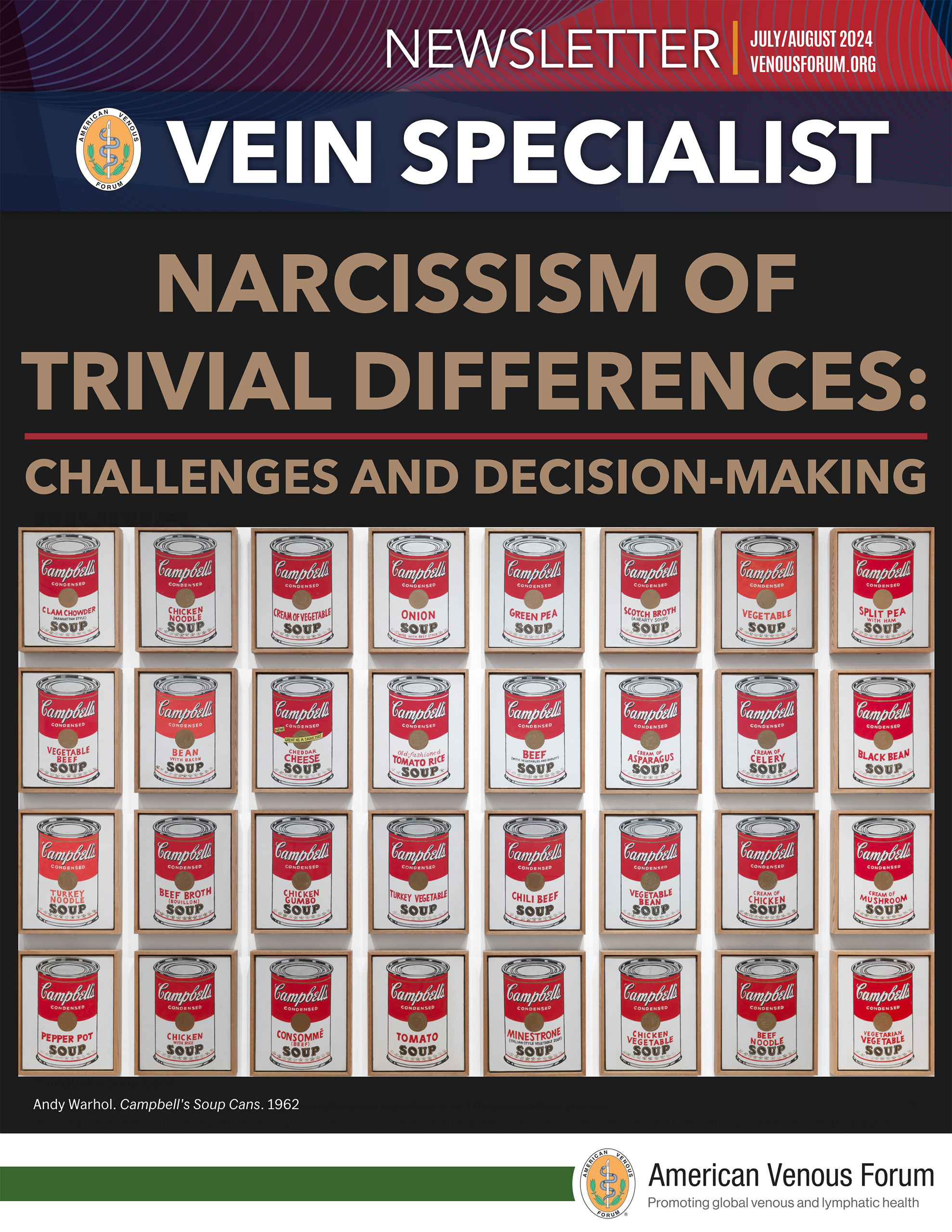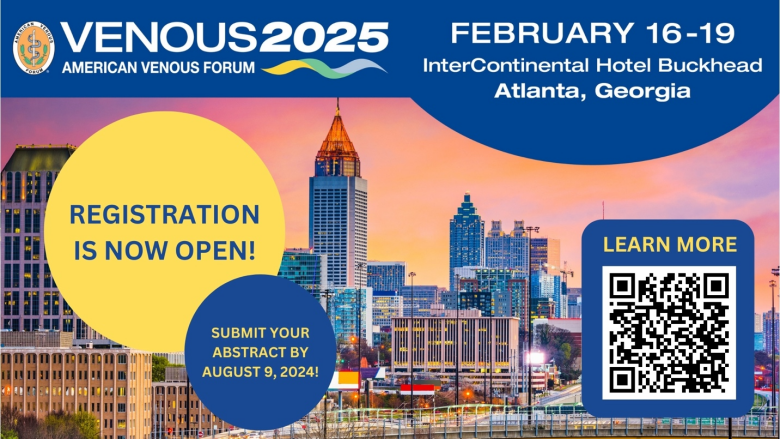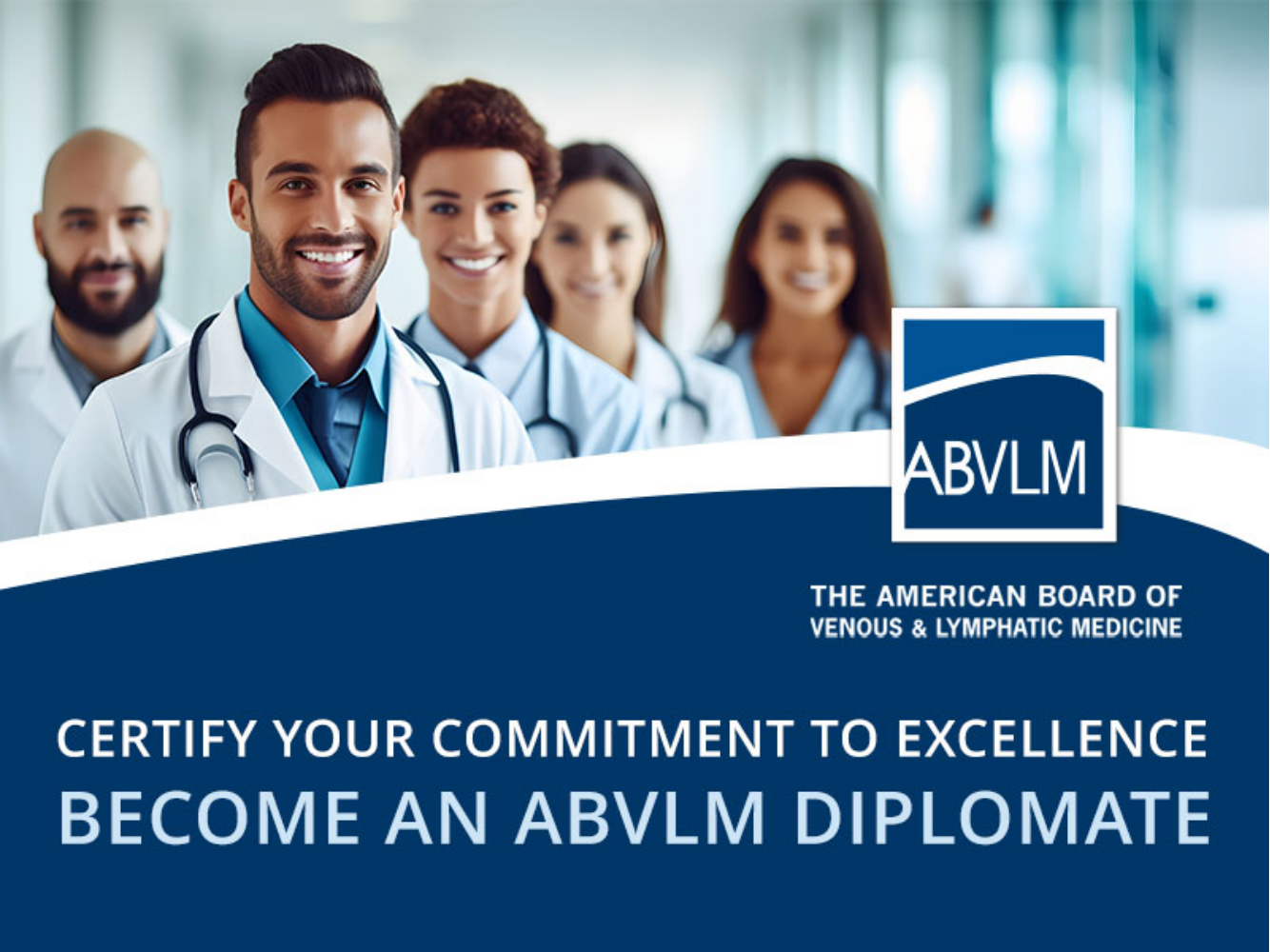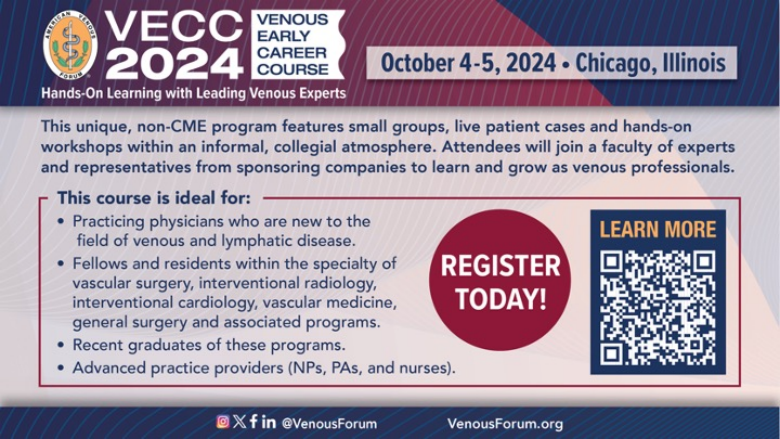July/August Issue of vein specialist
NARCISSISM OF TRIVIAL DIFFERENCES:
CHALLENGES AND DECISION-MAKING
Table of Contents
Message from the Editor
Steve Elias, MD
Why One Sclerosant Agent over Another? Pure Instinct or Science-based Choice?
Jorge H. Ulloa, MD and Sebastian Cifuentes, MD
Venoactive Compounds for Chronic Venous Disease
Monika Lecomte Gloviczki, MD, PhD
Endovenous Ablation Techniques
Jorge H. Ulloa, MD and Andres V. Figueroa, MD
Superficial Venous Ablation: Many options that all work
Natalie Sridharan, MD
On the Order and Timing of Venous Interventions
Sheila N. Blumberg. MD, MS
Consensus Emerges: Drop the Term “Accessory” for the Anterior Saphenous Vein
Edward M. Boyle, MD, Antonios Gasparis, MD, and Mark Meissner, MD
Endovascular Procedures Should Be Conducted in the Office — Or Should They?
Sean Rahman, Swetha Sriramoju, and Anil Hingorani, MD
Iliofemoral Thrombus Management: Does device choice really matter?
Edgar Guzman, MD, FACS
Membership Corner
AVF Earns Seat at AMA’s House of Delegates: Landmark step for AVF advocacy and voice of venous medicine
Loay S. Kabbani, MD and Robert White
New Task Force to Explore AVF Leadership Learning Opportunities
Allison DeGroff
AVF Releases Consensus Statement on Management of Nonthrombotic Iliac Vein Lesions
Windsor Ting, MD, FACC, FACS
Special Announcement from the AVF Research Committee
Ulka Sachdev, MD
Pulmonary Embolism Care: Venous Journal Club takes a deep dive
Allison DeGroff
AVF & The Road to Africa: EAVLA Bridging Africa to the World
Ahmed Gaweesh, MD, MSc, PhD
AVF Leadership Attends Flebopanam 2024 in Paraguay
Allie Sherrill
LE@RN Report
William Repicci
John Forbes: CEO of The American Venous Forum
Ruth L. Bush, MD, JD, MPH
EDITOR-IN-CHIEF
Steve Elias, MD
EXECUTIVE EDITOR
John Forbes, MBA
MANAGING EDITOR
Allie Sherrill
COVER ARTIST
Christine Rataj
PUBLICATION DESIGNER
Anthony Eaves
Message from the Editor
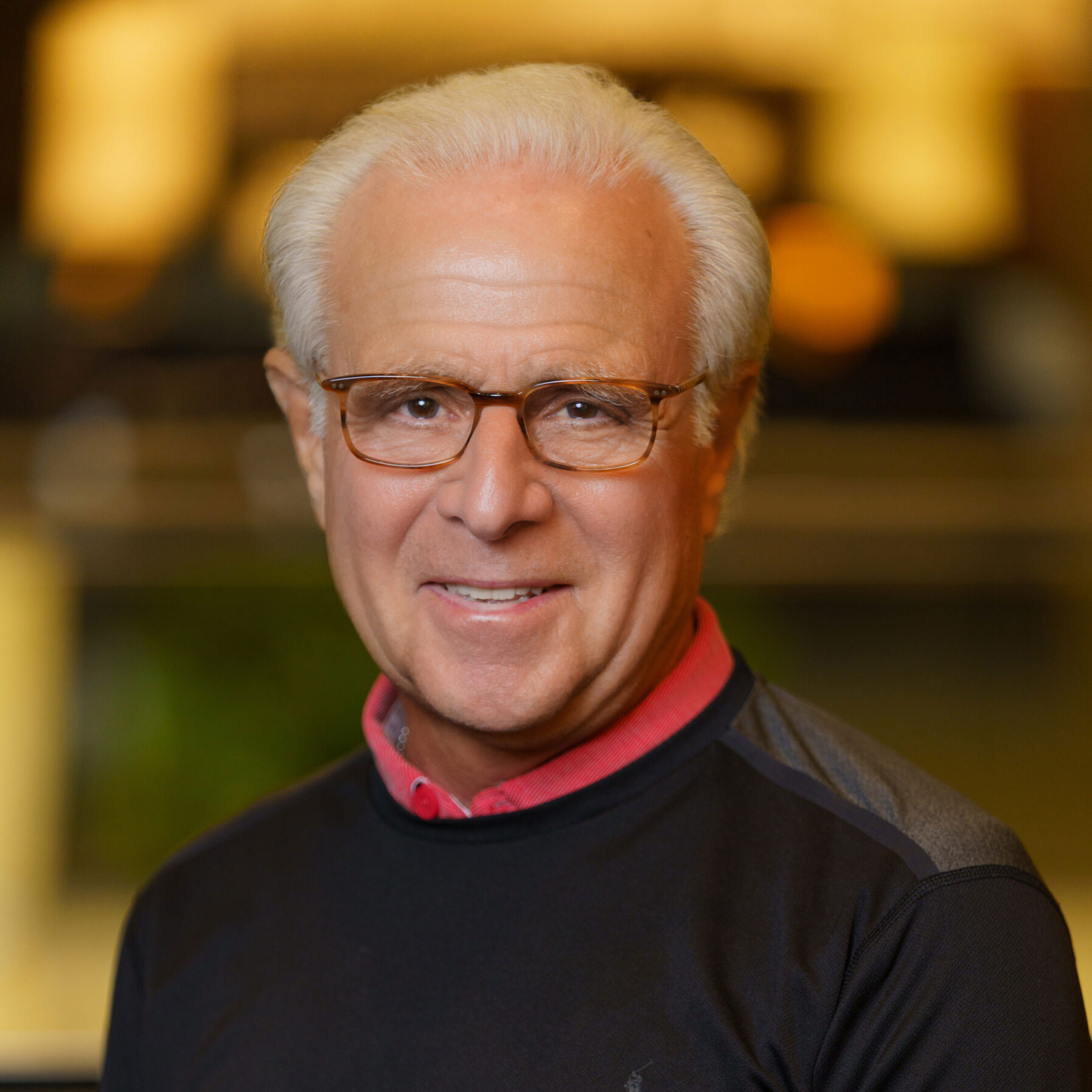
Steve Elias, MD
Editor-in-Chief, Vein Specialist
A Good Look? Confidence Tricksters
Garage sale, trunk sale, estate sale, yard sale, stoop sale. Do you go to any of these to buy a garage, trunk, estate, yard, or stoop? Of course not. Things are ostensibly being sold out of a garage, trunk, estate, yard, or stoop. Jenna Lyons recently had a stoop sale in Brooklyn, NY. Attendees needed to pay a cover charge of $15 to look at and perhaps buy what she wanted to get rid of. I don’t think she needs the money, but I could be wrong. Apparently, Jenna Lyons is famous. I had no idea who she was when I read about her stoop sale, but that’s probably my shortcoming, not hers. Former president of J. Crew and one of the stars of Housewives of New York. You get the image: cool, privileged, some attitude, but really as normal as anyone else. If I had a garage sale (I live in a house; she only has a stoop and lives in an apartment), I wouldn’t ask for a cover charge. But I’m not Jenna Lyons. In her, “I’m-just-one-of-the-regulars” attitude, she says, “When I moved from California to Brooklyn, it was the first time I’d ever seen a stoop sale. I thought it was so cute.”
Cute? Perhaps the people holding the stoop sale needed the money for life’s essentials. Maybe not. But they probably didn’t have a film crew memorializing the event and they didn’t have people helping who needed to be paid. In all fairness, Ms Lyons was donating half of the cover charge to charity and the other half went to the people helping her. I don’t know her financial situation but she is the ex-president of J. Crew, couldn’t she give all the money to charity and just pay the people helping and not have a cover charge? More than 300 people paid for the experience of her stoop sale. $4500. $2250 to charity. $2250 to the workers. You decide if this is a good look.
In this issue of Vein Specialist we have a good look and we give you a good look. Vein Specialist is free. No cover charge. But we are covering the concept of the narcissism of trivial differences with credit to Edgar Guzman, MD for the idea. When does a choice matter? When does a choice not matter? And when does it matter that it doesn’t matter? The topics discussed vary. These include: sclerosant agents, endovenous ablation choices, venoactive drugs, iliofemoral thrombus management, timing of treatments, etc. These are very thoughtful articles by our authors who gave a lot of time to answer our ambiguous question. A lot of work. This issue elevates our content.
AVF members have been active on many fronts. The JURY Trial was an innovative undertaking that defined the role of an incompetent ASV in patients’ symptoms and QoL. The data generated have changed the management and coverage of symptomatic patients with ASV reflux. This effort is a great example of an answer to those members who ask, “What have my AVF dues done?” A group of us as AVF, AVLS, SIR, and VIVA members recently published a consensus statement regarding NIVL disease management. Read the article. Hopefully this leads to the right patients’ getting the right treatment and the wrong patients’ not getting treated. There is so much more in this issue. The content is not just a good look; it is a great look.
But some people need an unnecessary “good look.”. And companies will charge these narcissistic people a lot of money for a piece of gum–maybe as questionable as charging for a stoop sale. You see, Gen Z males have been told by social influencers and chewing gum companies that they need a “strong jawline.” Do you know why? To be perceived as more masculine and more attractive. To make matters worse for our Gen Z males, there are “looks-maxing” online communities. Their solution? Hard chewing gum. Brands like Stronger Gum and Jawline promise you can transform your weak jaw line into just what you want. Clint Eastwood, Steve McQueen beware. For a mere $26 for 60 pieces you can increase your risk of TMJ, damaged tooth fillings, and just become too tired to chew your food, become malnourished, weak, susceptible to disease, and die. Just for a chiseled jaw. Worth it? I’m not sure; but I am beyond trying to chisel my jaw. Probably most of you as well. But you still want to chisel your vein care skills. That’s what we do in each issue. So, skip the stoop sales and don’t chew hard gum. Just read this issue of Vein Specialist and relax. It’s summertime.
Why One Sclerosant Agent Over Another?
Pure Instinct or Science-based Choice?

Jorge H. Ulloa, MD
Professor of Surgery
Universidad de Los Andes
Bogota, Colombia

Sebastian Cifuentes, MD
Member, AVF Newsletter Committee
PGY-1
General Surgery
Mayo Clinic, Rochester
Several factors come into play when selecting a sclerosing agent, but reliance on oral tradition and more than 70 years of scientific reports and publications can be a significant influence. However, other crucial considerations should also be taken into account, including the need for mild sclerosis, vein size, blood flow speed, location, pain levels, risk of dyschromia, sun exposure, and more. Among the various options available in the market, 2 main categories stand out: those that induce endothelial irritation through osmotic effects and those that leverage the foaming power of surfactants.
The plethora of academic information can be overwhelming when selecting the proper medication for a specific vessel in a particular patient. In 99.8% of cases, telangiectasias and non-truncal varicosities can benefit from foam sclerosing treatment, which achieves controlled destruction of the venous endothelium, leading to fibrosis with both functional and aesthetic effects. In the authors’ opinion, this is best accomplished using 3 sclerosing agents: polidocanol, lapidium chloride (not yet available in the US), and sodium tetradecyl sulfate. I prefer the first 2 due to the durability of the in vitro foam, which can mimic the effects on a diseased vein (as shown in Figure 1 comparing foam stability of polidocanol vs sodium tetradecyl sulfate, at the same concentration of 0.5%, 1cc foam using the Tessari technique).
The rationale behind my choice is that the more stable the foam, the more controlled the denaturalization of the endothelium. This can be achieved simply by observing the daily preparation using the manual physician-created compounded foam. All other industrially produced foams should resemble what can be achieved with Tessari’s method. Therefore, the decision to use a sclerosing agent in my practice is based on a simple one-man experiment and the rationale that the longer the foam remains stable, the better.
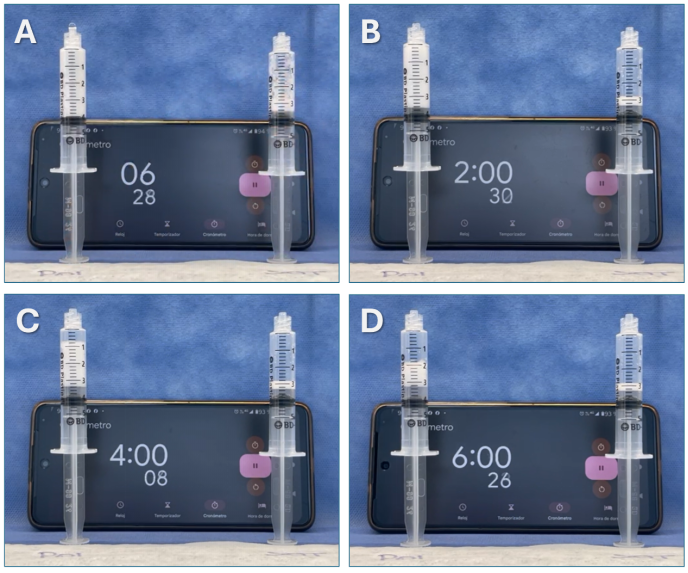
Figure 1. Comparison of foam stability at different times between polidocanol (left) and sodium tetradecyl sulfate (right) at a concentration of 0.5% in 1 mL, prepared using the Tessari technique. A. Baseline. B. 2 minutes. C. 4 minutes. D. 6 minutes.

